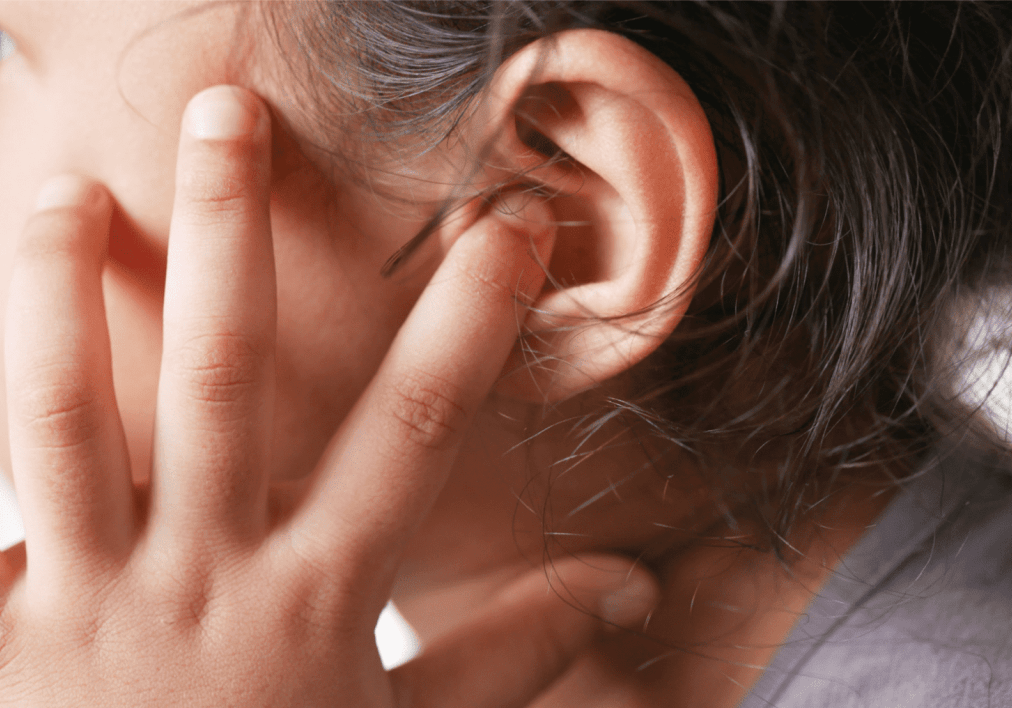Pediatric Ear Infections

There are two different kinds of ear infections. The first is otitis media which is an infection in your inner ear which is very common in younger children. Before age 6, children’s eustachian tubes are level, instead of slanted like an older child or adult, which allows fluid build up to happen behind the tympanic membrane instead of draining into the nasal cavity. If the eustachian tubes do not open and close properly this allows germs and fluid to build up in the middle ear. The body’s first defense is to bring white blood cells to the area, which can cause more fluid and drainage from the ear.
Things to look for if you think your child may have an ear infection is tugging at one ear, redness around the ear, rosy cheeks, and potentially a fever. The symptoms overlap with teething symptoms so really pay attention to see if they are pulling on one ear, which would indicate an infection, or if they are tugging on both ears, which more likely indicates teething.
Around 80% of ear infections are viral but the only way to know for sure is to have a culture taken. Antibiotics will not cure a viral ear infection, however over 40% of antibiotics prescribed are prescribed for ear infections. Approximately 80% of ear infections will resolve in three days. While antibiotics have their place, we often see them over prescribed in ear infections, causing unnecessary damage to the gut lining, and decreasing your child’s immunity.
The risk for ear infections are higher in male children, those who were bottle/formula fed, attended a busy day care, and had repeated antibiotic therapy use.
Traditional treatments include:
- Most conservative: watch and see.
- Antibiotics
- Tube insertion: these are typically added to assist in drainage and prevent ear infections. Studies showed that 40% of the placebo group (those who did not have tubes surgically inserted) did not have another ear infection, while 35% of the surgical group did not have another ear infection. These tubes can fall out or need to be surgically removed.
- Dietary changes: There are different foods that can contribute to inflammation and removing them can assist your body in recovering. Dairy is a big one because they can cause mucus build up. Grains can cause inflammation. Sugar is another one to avoid during recovery, even if it is just for a few weeks.
- Chiropractic adjustments:
- There is a nerve that is located in our upper cervical spine that controls the muscles around the eustachian tube. When our body isn’t adjusted and aligned it can receive bad information from our brain, inhibiting its ability to open and close the eustachian tubes effectively. A brain-based chiropractic adjustment will open up the lines of communication from the brain, through the spinal cord, and out to those nerves helping those muscles work properly.
- Hypertonic neck muscles can also impede lymphatic drainage. An adjustment that involves soft tissue work and cranial work can help relax those muscles and encourage lymph drainage.
- When we do an adjustment we are accessing the peripheral nervous system which helps support immunity and healing.
Questions?
